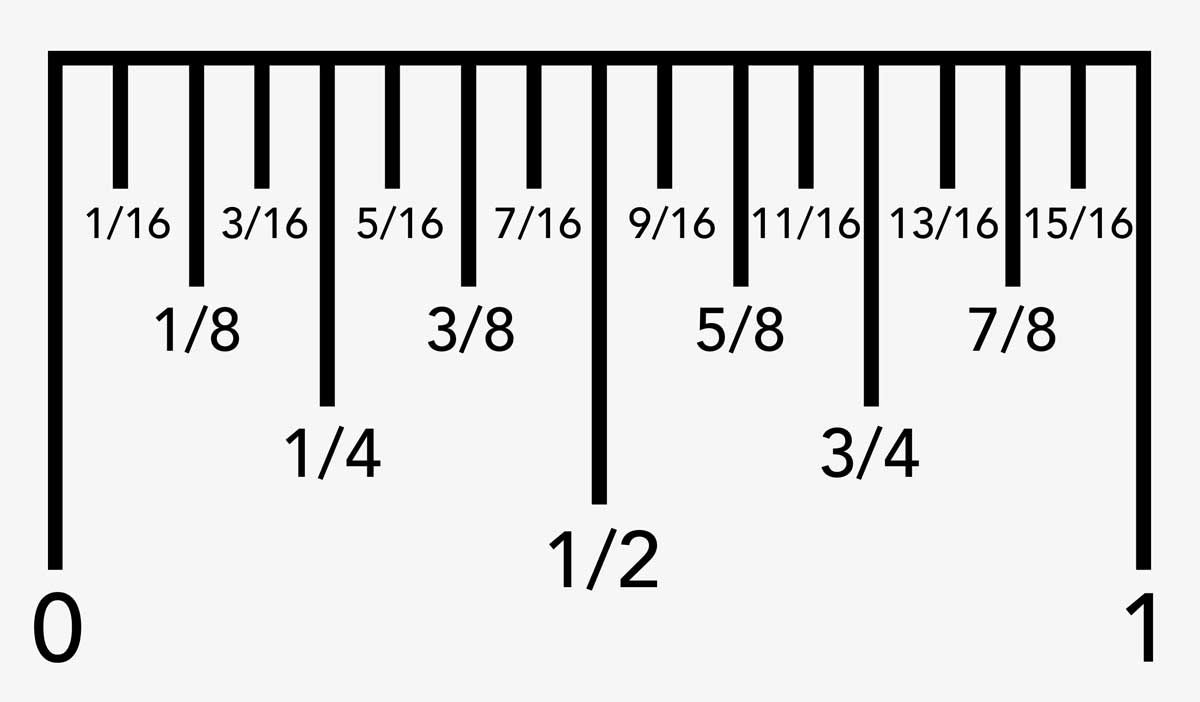Dimensions and Types of Standard Bathroom Sink Drains: Standard Bathroom Sink Drain Size

Standard bathroom sink drain size – Standard bathroom sink drains come in various sizes and types, each with its own advantages and disadvantages. Understanding these dimensions and types is crucial for selecting the right drain for your bathroom sink.
While most standard bathroom sink drains measure around 1.5 inches in diameter, some larger sinks may require a drain with a diameter of up to 2 inches. If you’re looking for a bathroom vanity with a sink that can accommodate a larger drain, consider a 21 inch bathroom vanity with sink.
These vanities typically come with sinks that have a 1.75-inch drain opening, providing ample space for water to flow through.
Standard Bathroom Sink Drain Sizes
- Diameter: Most standard bathroom sink drains have a diameter of 1-1/2 inches (38.1 mm).
- Height: Drain height varies depending on the type of drain, but typically ranges from 2 to 4 inches (50.8 to 101.6 mm).
- Thread Pitch: The thread pitch of a drain determines how many threads per inch it has. Standard bathroom sink drains typically have a thread pitch of 14 threads per inch (TPI).
Types of Standard Bathroom Sink Drains
- Pop-Up Drains: Pop-up drains are operated by pressing a button or lever that lifts a stopper up and down to open and close the drain. They are easy to use and provide a clean, minimalist look.
- Grid Drains: Grid drains have a metal grid that catches hair and debris, preventing them from clogging the drain. They are easy to clean and offer a more industrial look.
- Toe-Touch Drains: Toe-touch drains are opened and closed by pressing a pedal with your foot. They are ideal for hands-free operation, especially in public restrooms.
Installation and Maintenance of Bathroom Sink Drains

Installing and maintaining bathroom sink drains is essential for ensuring proper drainage and preventing leaks and clogs. This guide will provide step-by-step instructions for installing a standard bathroom sink drain, as well as tips on how to maintain it and troubleshoot common problems.
Installation, Standard bathroom sink drain size
Materials Required:
– New bathroom sink drain
– Adjustable wrench
– Plumber’s putty
– Drain strainer (optional)
Steps:
1. Remove the old drain by unscrewing the drain nut using an adjustable wrench.
2. Clean the sinkhole and apply a thin layer of plumber’s putty around the base of the new drain.
3. Insert the new drain into the sinkhole and tighten the drain nut.
4. Install the drain strainer if desired.
Maintenance
Regular maintenance is crucial for preventing clogs and leaks. Here are some tips:
– Remove hair and debris from the drain strainer regularly.
– Run hot water down the drain periodically to flush out any buildup.
– Use drain cleaners sparingly, as they can damage pipes.
– Avoid pouring grease or oil down the drain.
Troubleshooting Common Problems
– Clogged drain: Remove the drain strainer and use a drain snake or plunger to clear the blockage.
– Leaking drain: Tighten the drain nut or replace the washer. If the leak persists, contact a plumber.
– Slow drainage: Clean the drain trap or replace the drain assembly.
– Bad odor: Pour a cup of baking soda down the drain, followed by a cup of vinegar. Let it sit for 30 minutes and then flush with hot water.
Materials and Finishes for Bathroom Sink Drains

Bathroom sink drains are available in a variety of materials and finishes, each with its own advantages and disadvantages. The most common materials used in the construction of bathroom sink drains include brass, stainless steel, and plastic.
Materials
Brass is a durable and corrosion-resistant material that is often used in the construction of bathroom sink drains. Brass drains are available in a variety of finishes, including chrome, brushed nickel, and oil-rubbed bronze.
Stainless steel is another durable and corrosion-resistant material that is often used in the construction of bathroom sink drains. Stainless steel drains are available in a variety of finishes, including brushed nickel, polished nickel, and matte black.
Plastic is a lightweight and inexpensive material that is often used in the construction of bathroom sink drains. Plastic drains are available in a variety of colors and finishes, including white, black, and almond.
Finishes
The finish of a bathroom sink drain can have a significant impact on the overall appearance of the bathroom. The most common finishes available for bathroom sink drains include chrome, brushed nickel, and oil-rubbed bronze.
Chrome is a shiny and reflective finish that is often used in modern bathrooms. Chrome drains are easy to clean and maintain, and they can help to create a bright and airy atmosphere.
Brushed nickel is a matte finish that is often used in traditional bathrooms. Brushed nickel drains are less reflective than chrome drains, and they can help to create a warm and inviting atmosphere.
Oil-rubbed bronze is a dark and antique-looking finish that is often used in rustic bathrooms. Oil-rubbed bronze drains are resistant to corrosion and tarnishing, and they can help to create a unique and stylish atmosphere.
The standard bathroom sink drain size of 1 1/2 inches is essential for proper drainage. While selecting a drain, you may also want to consider upgrading to a black bathroom sink faucet for a sleek and modern look. The black finish adds a touch of sophistication to any bathroom, and it complements a variety of sink materials, including porcelain, granite, and quartz.
When choosing a drain for your black bathroom sink faucet, ensure compatibility with the drain size to maintain optimal functionality and prevent leaks.